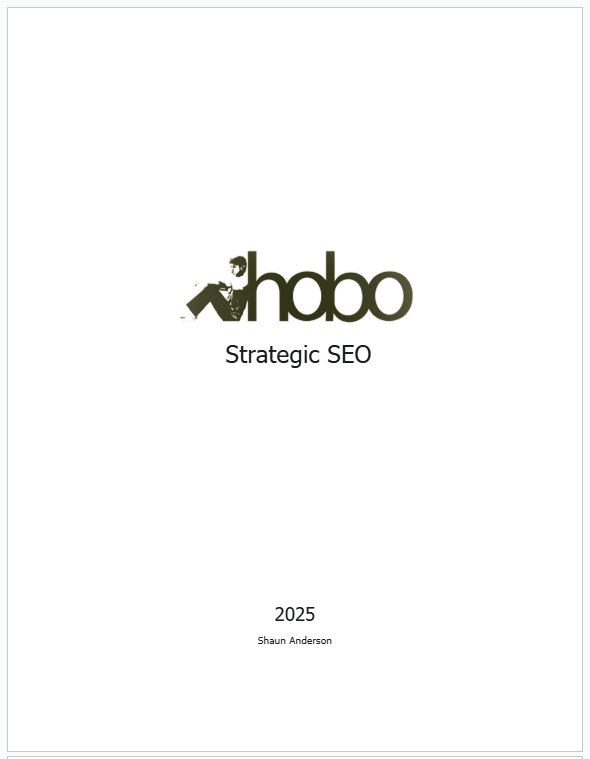
Based on U.S. DOJ v. Google antitrust trial testimony, QBST (Query-Based Salient Terms) is a foundational Google Search algorithm described as a “memorisation system.” It analyses a user’s search query and “remembers” a list of other specific words, phrases, and concepts (salient terms) that it expects to see on any truly relevant webpage.
QBST (Query-Based Salient Terms) is essentially Google’s internal name for the exact mechanism that SEO professionals have been trying to describe for years using terms like “co-occurring words,” “topical authority,” and (much less accurately) “LSI Keywords.”
This revelation validates what SEOs like myself (and others) long theorised as “co-occurring words.” Almost a decade ago in my 2016 SEO guide, I defined this exact strategy as “Putting relevant, co-occurring words you want to rank for on pages”, explaining that optimisation means you must “optimise a page for more traffic by increasing the frequency of the desired key phrase, related key terms, co-occurring keywords and synonyms”.
Therefore, the strategy for creators is to reverse-engineer these expected terms from top-ranking pages and build topically comprehensive content that naturally includes the full constellation of words QBST has “memorised” for that query.
The Trial Evidence
This internal system and its “memorisation” description were formally identified during the U.S. DOJ v. Google antitrust trial (Case 1:20-cv-03010-APM). The specific quote comes from a public court filing that summarises the trial testimony of Google engineer Dr. Eric Lehman.
Source Document: Case 1:20-cv-03010-APM, Document 839: “Plaintiffs’ Proposed Findings of Fact” (Filed: Feb. 23, 2024), Page 83.
The Quote (citing the testimony):
“Two examples of important traditional systems that are used in ranking are Navboost and Query-Based Salient. Terms (QBST). Id.; Tr. 1837:22–1839:4 (Lehman (Google)) (Navboost and QBST are memorization systems that have ‘become very good at memorizing little facts about the world’).”
How It Works in Practice
For example, when you search for “best running shoes,” the QBST system doesn’t just look for those exact words. It has learned from analysing countless high-quality pages that a truly relevant result must also include salient terms like “cushioning,” “stability,” “lightweight,” “mileage,” “reviews,” and brand names like “Brooks” or “Hoka.”
What This Means for Creators (The Strategy)
During the initial stage of a search, pages that contain these expected salient terms are given a higher relevance score. A page that lacks them is considered less relevant and less likely to be passed on to the final ranking stages.
To meet the requirements of this system, creators must focus on topical comprehensiveness:
- Answer the Entire Query: Your goal is to exhaustively cover the topic. Instead of just repeating the main keyword, answer all the implied questions a user might have. This naturally integrates the salient terms QBST is looking for.
- Reverse-Engineer the Top Results: The best way to know what QBST expects is to look at what it already rewards. Search your target query and analyse the top 5-10 competing pages. The common subheadings, phrases, and concepts they all share are your blueprint for the “salient terms” your own page must include to be competitive.
Download your free ebook.
Get my SEO book free – Strategic SEO 2025.
Disclosure: Hobo Web uses generative AI when specifically writing about our own experiences, ideas, stories, concepts, tools, tool documentation or research. Our tools of choice for this process is Google Gemini Pro 2.5 Deep Research. This assistance helps ensure our customers have clarity on everything we are involved with and what we stand for. It also ensures that when customers use Google Search to ask a question about Hobo Web software, the answer is always available to them, and it is as accurate and up-to-date as possible. All content was verified as correct by Shaun Anderson. See our AI policy.

